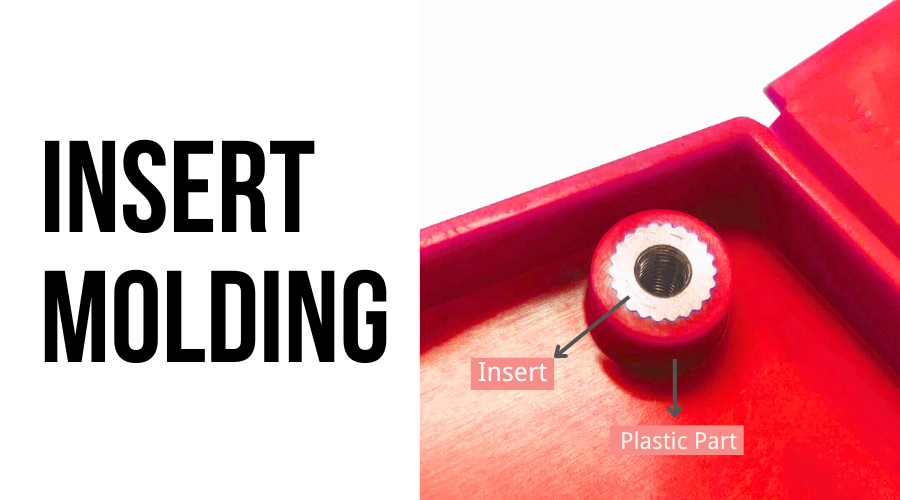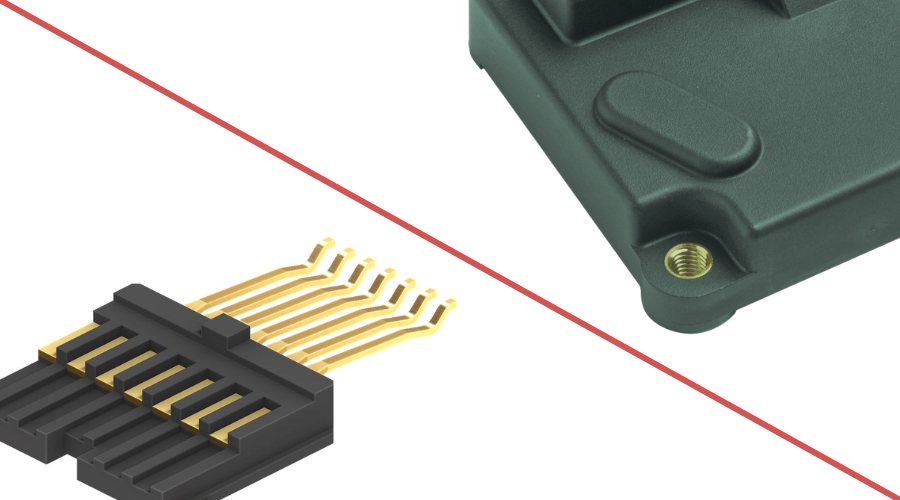Insert molding is a manufacturing process that has gained popularity in recent years due to its numerous advantages. It involves the injection of molten plastic into a pre-placed insert, creating a single molded part. This process is widely used in various industries, including automotive, electronic, medical devices, and consumer goods.

Insert molding process
Once the insert is in place, molten plastic is injected into the cavity of the mold, surrounding the insert. The plastic material solidifies and forms a single molded part that incorporates the insert. After the part is fully solidified, it is removed from the mold, and any additional finishing or assembly may be performed.
The benefits and limitations of insert molding
Insert molding offers a range of benefits that make it a preferred manufacturing process in various industries. However, it is important to consider its limitations as well. Let's explore the benefits and limitations of insert molding:
Benefits of Insert Molding:
Enhanced Component Strength: By incorporating inserts into the molded part, insert molding provides improved strength and durability. Inserts can reinforce critical areas or create threaded connections, resulting in a stronger final product.
Simplified Assembly: Insert molding reduces the need for separate assembly processes since the inserts are placed and secured within the mold before the injection molding process. This streamlines production reduces labor costs, and minimizes the risk of assembly errors.
Design Flexibility: Insert molding allows for greater design freedom, as it enables the integration of multiple materials or components into a single part. This opens up possibilities for complex geometries, multi-material combinations, and enhanced functionality in the final product.

Cost Savings: While there may be higher initial tooling costs, insert molding can lead to long-term cost savings. It eliminates the need for additional assembly steps, reduces material waste, and improves overall production efficiency, resulting in lower costs per unit.
Time Efficiency: By combining multiple manufacturing steps into one process, insert molding reduces production time and accelerates time-to-market. This can be especially advantageous in industries with high demand and tight timelines.
Limitations of Insert Molding:
Tooling Complexity: The design and fabrication of molds for insert molding can be more complex and costly compared to traditional injection molding. Additional considerations, such as insert placement, fixation, and part ejection, require careful planning and precision in mold design.
Limited Insert Options: Insert molding is suitable for inserts made of materials that can withstand the high temperatures and pressures of the injection molding process. This limitation may restrict the choice of inserts to certain materials, limiting the versatility of the process.
Higher Material Costs: Inserts, especially specialized ones, can add to the overall material costs of the molded part. Depending on the complexity and volume of inserts required, material expenses may increase compared to traditional molding methods.

Design Constraints: The integration of inserts can impose design constraints, such as limitations on the wall thickness or part geometry. Design considerations are essential to ensure proper insert placement, adequate plastic flow, and overall part integrity.
Limited Economies of Scale: Insert molding may not be as cost-effective for low-volume production runs. The upfront investment in tooling and the specialized nature of the process may make it more suitable for medium to high-volume production.
Despite these limitations, insert molding remains a valuable manufacturing technique for creating complex, strong, and functionally integrated parts. Careful consideration of design, materials, and production volume is crucial to leverage the benefits while managing the limitations effectively.
If you are seeking a reliable manufacturer of insert molding services, HordRT is well-equipped to meet your manufacturing needs. With our expertise and experience, we can offer tailored solutions for incorporating inserts into your molded parts. Our team excels in mold design, precise insert placement, and efficient injection molding processes, ensuring high-quality results. Whether you are in the automotive, electronics, medical devices, or consumer goods industry, our insert molding services can help you achieve enhanced product performance, streamlined production processes, and accelerated time-to-market. We work closely with our clients, providing customized solutions that optimize efficiency and quality while maintaining competitive pricing. If you have any new projects, please do not hesitate to contact us.
-q4gvl4k29y4hq8j9rjpapvj0ft06fje63olt7p210i.png)


